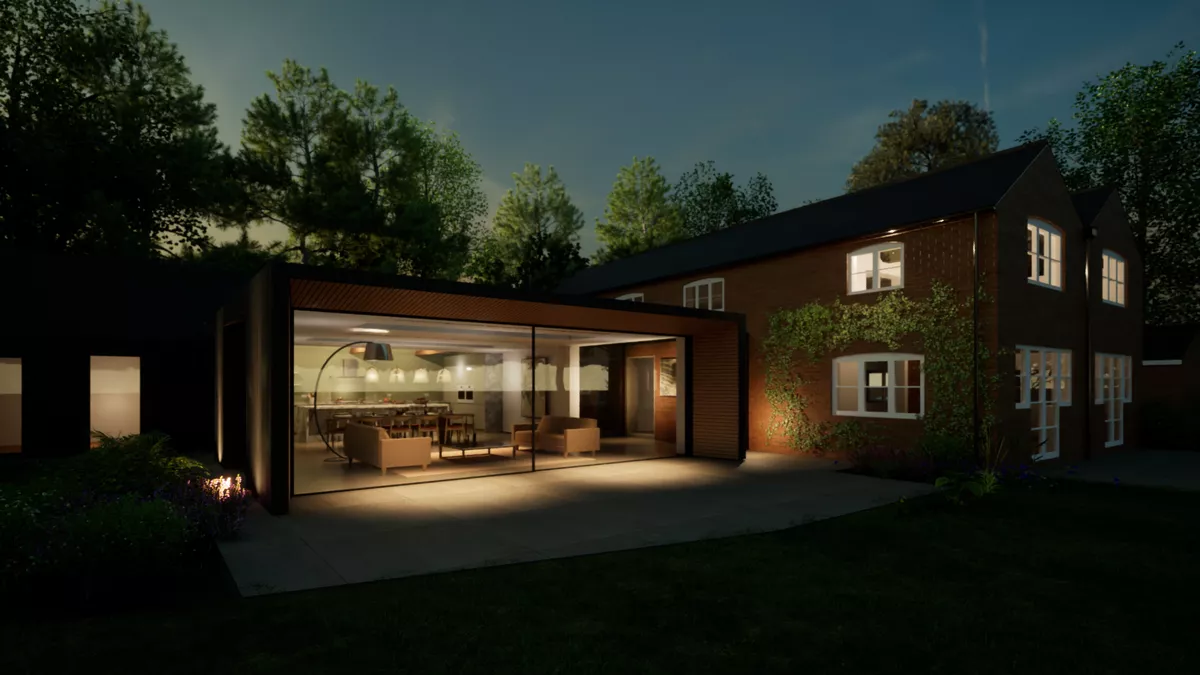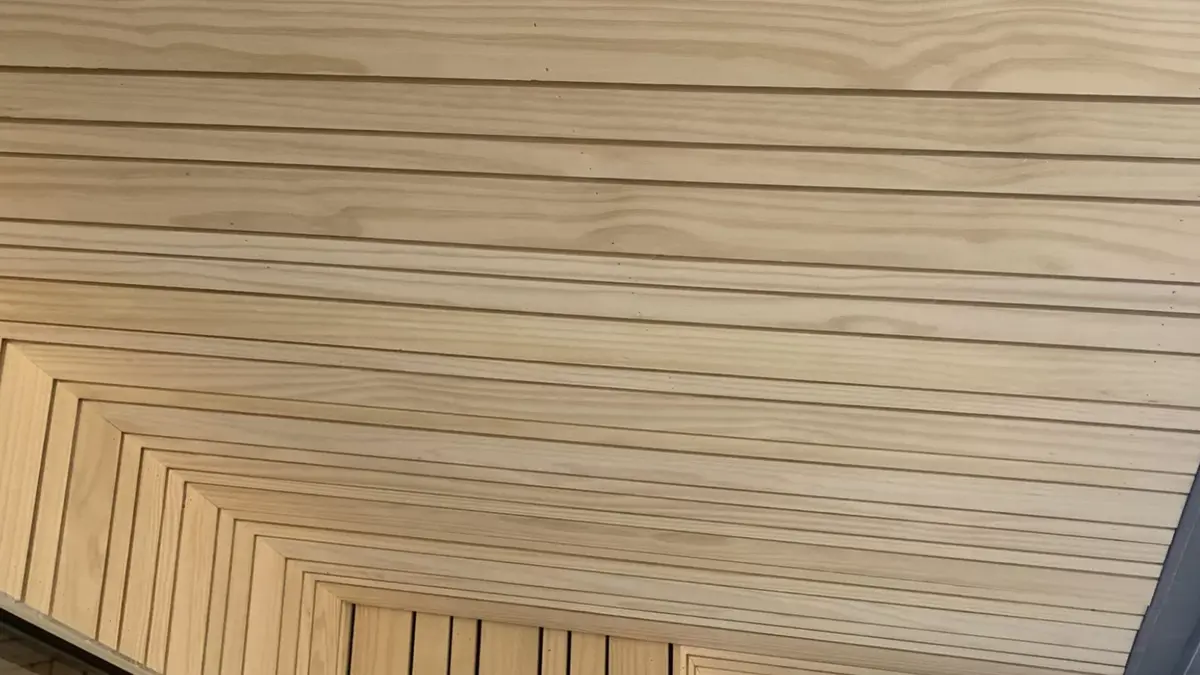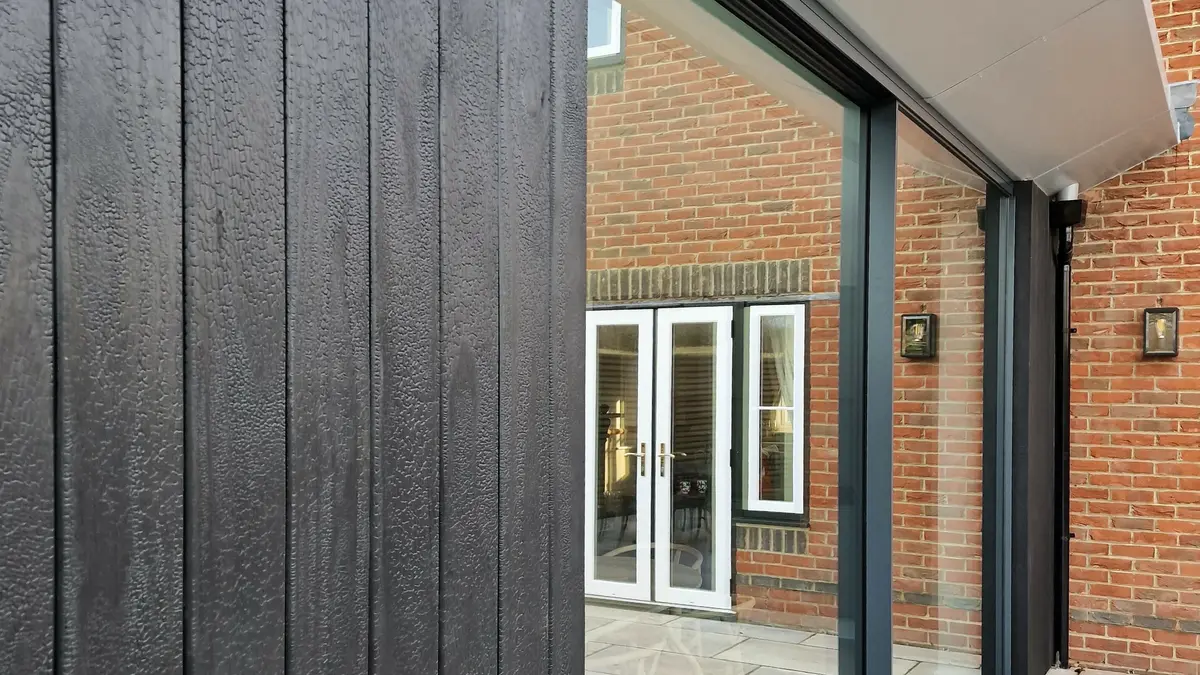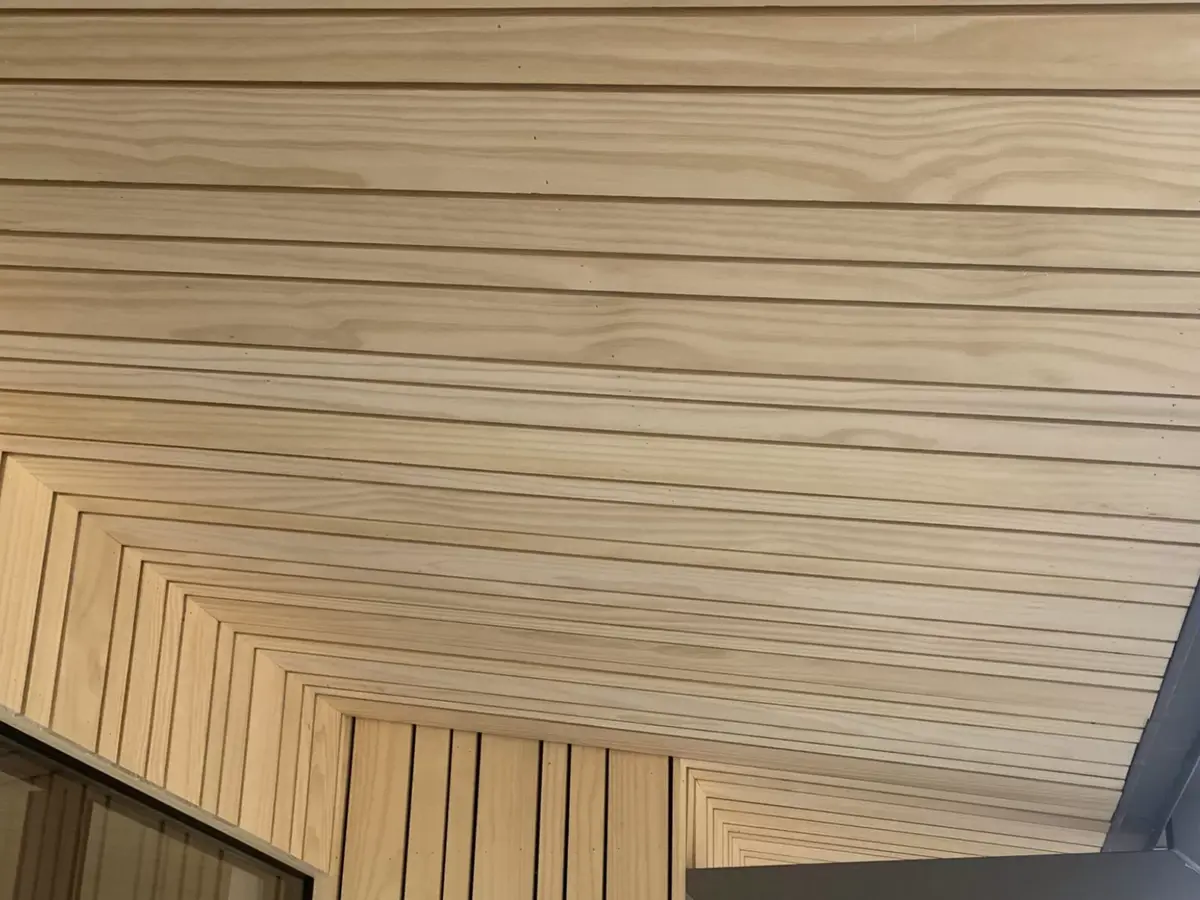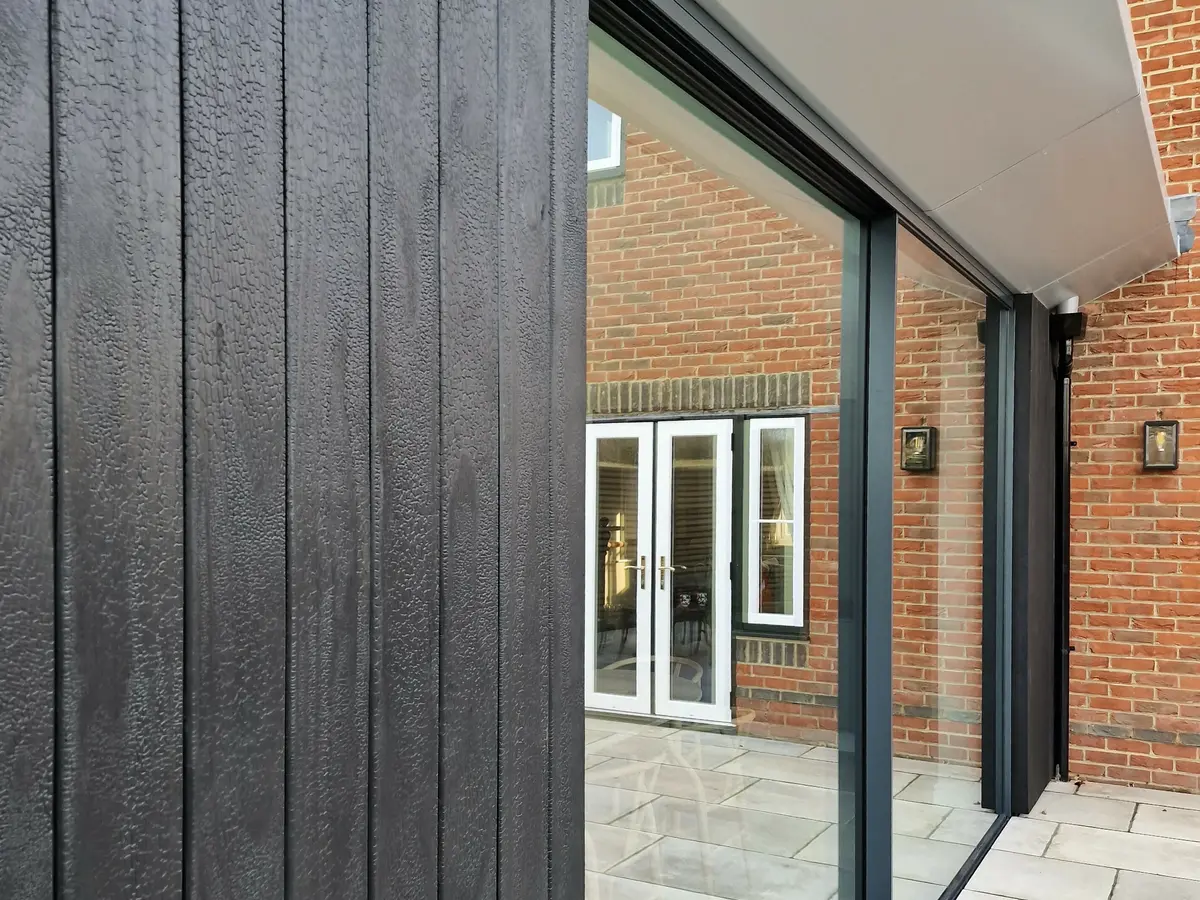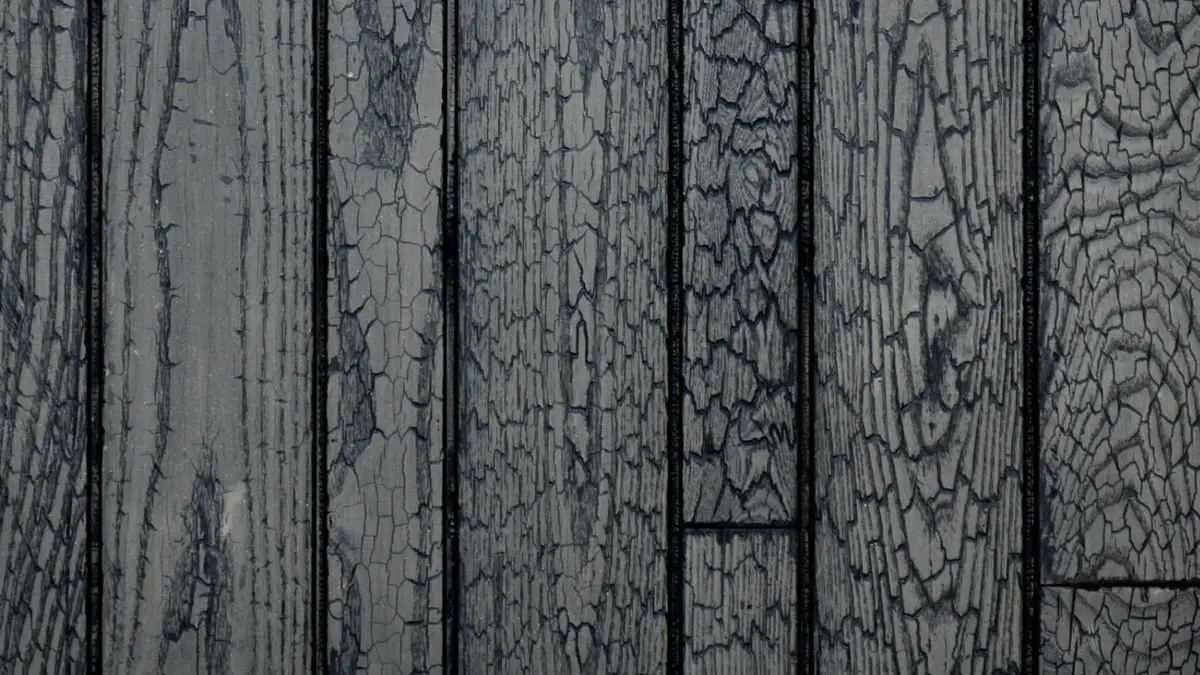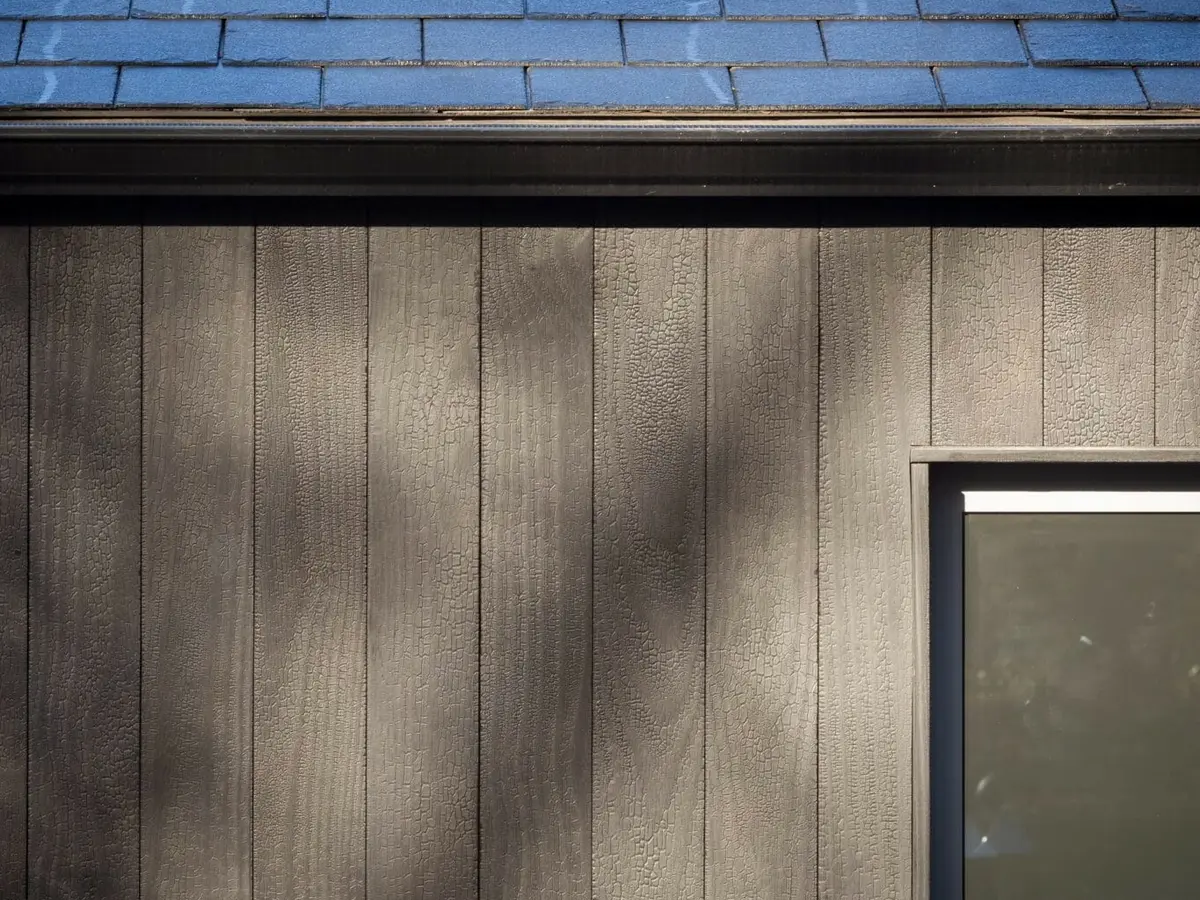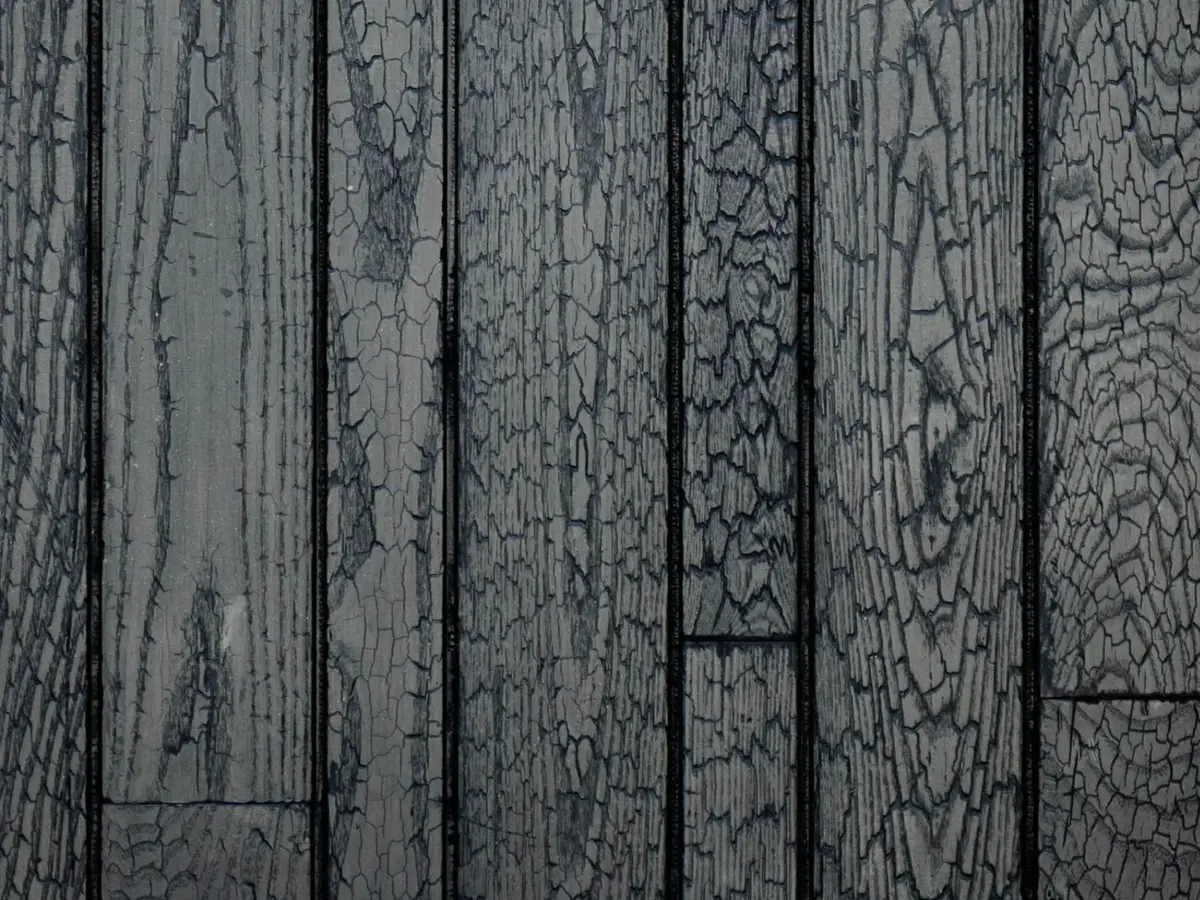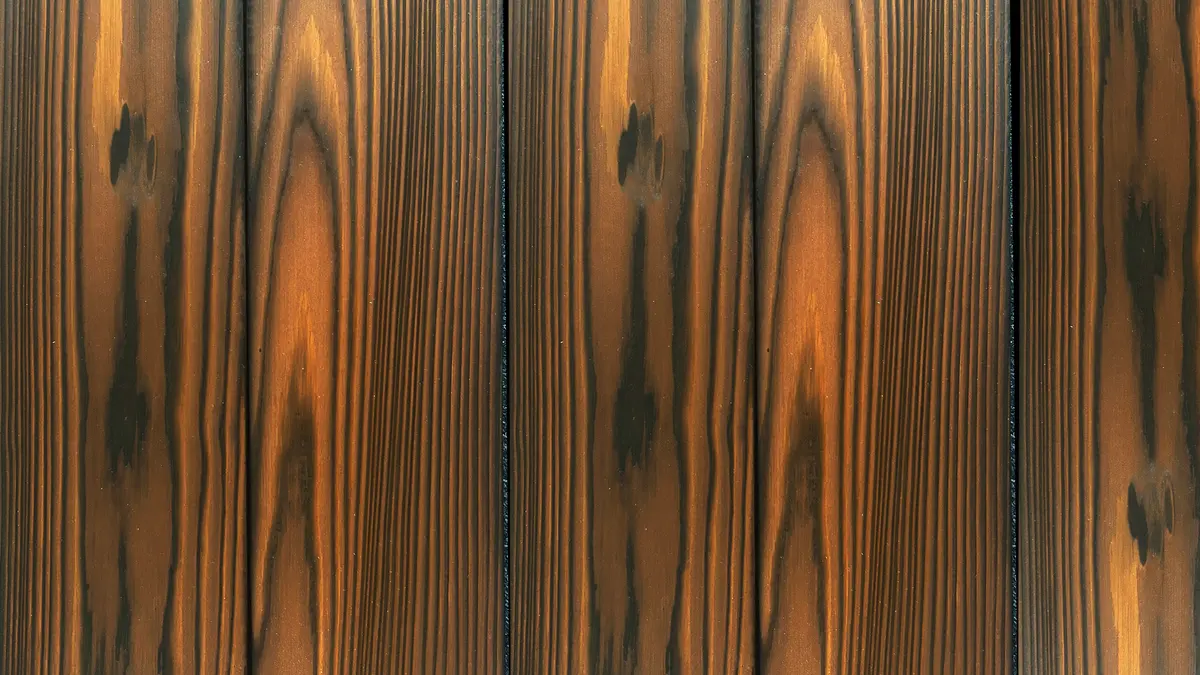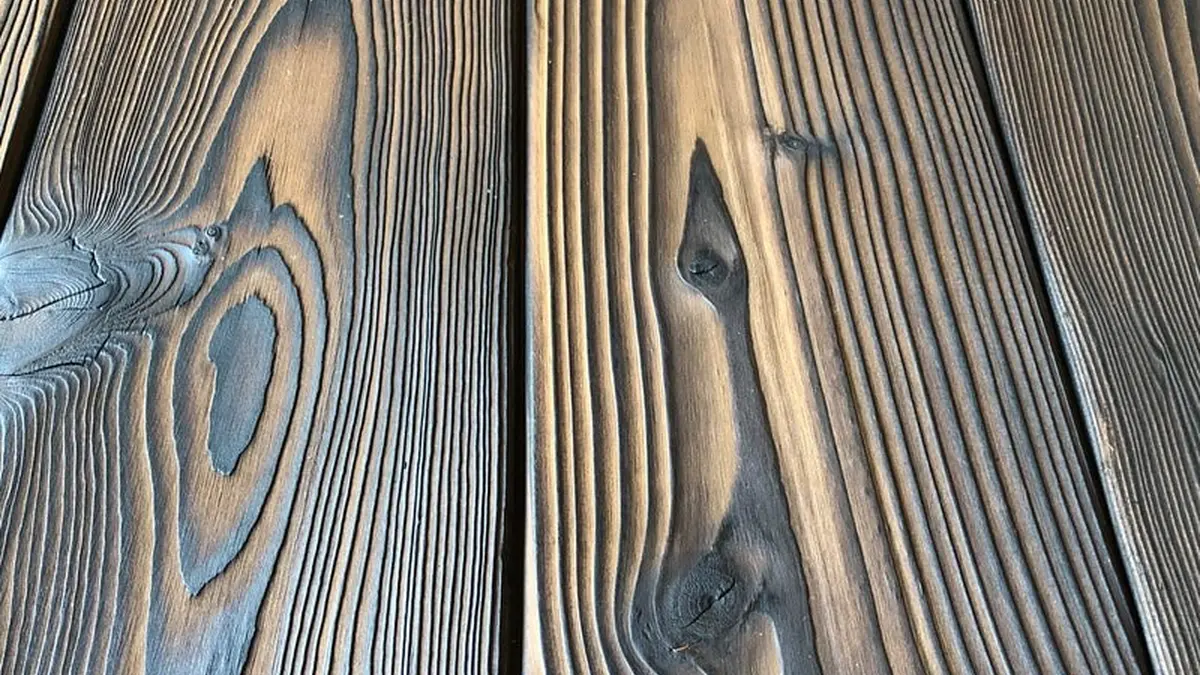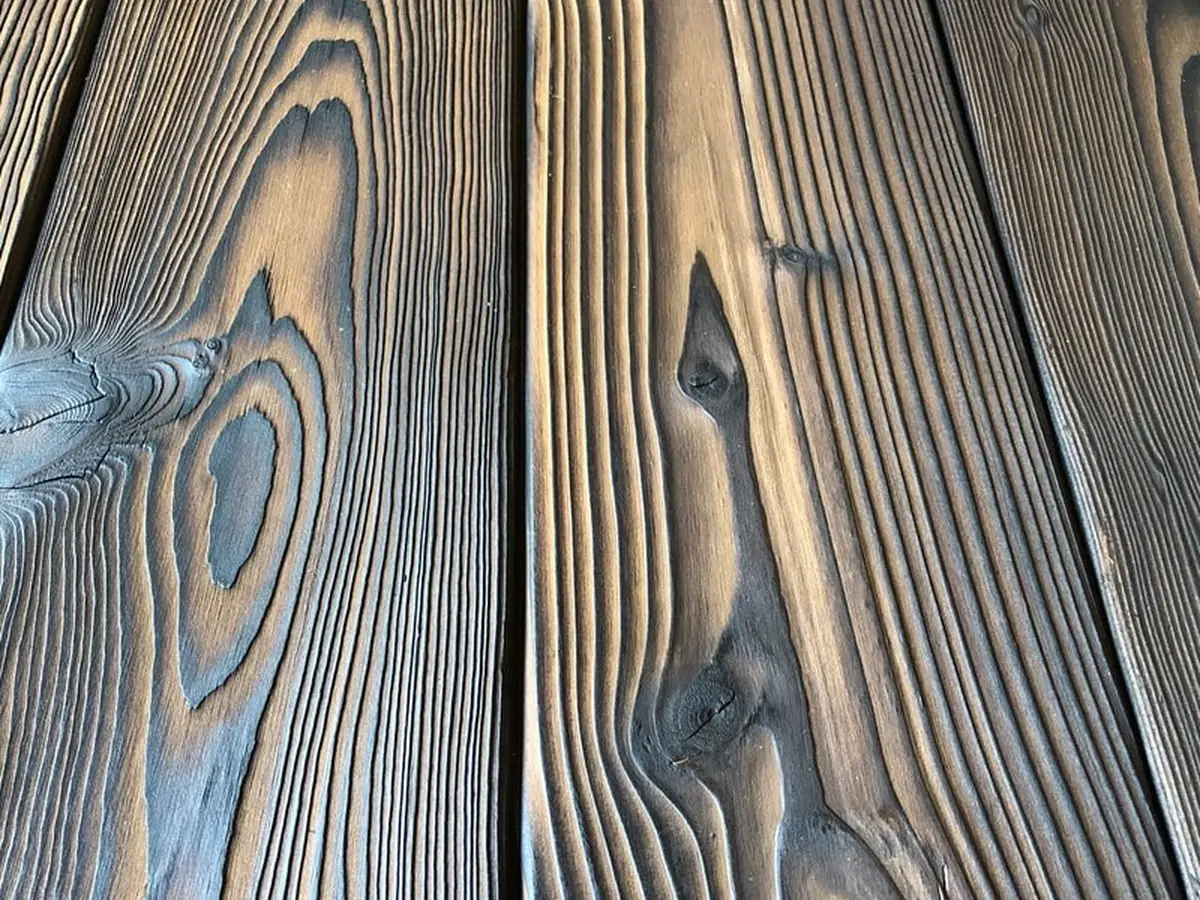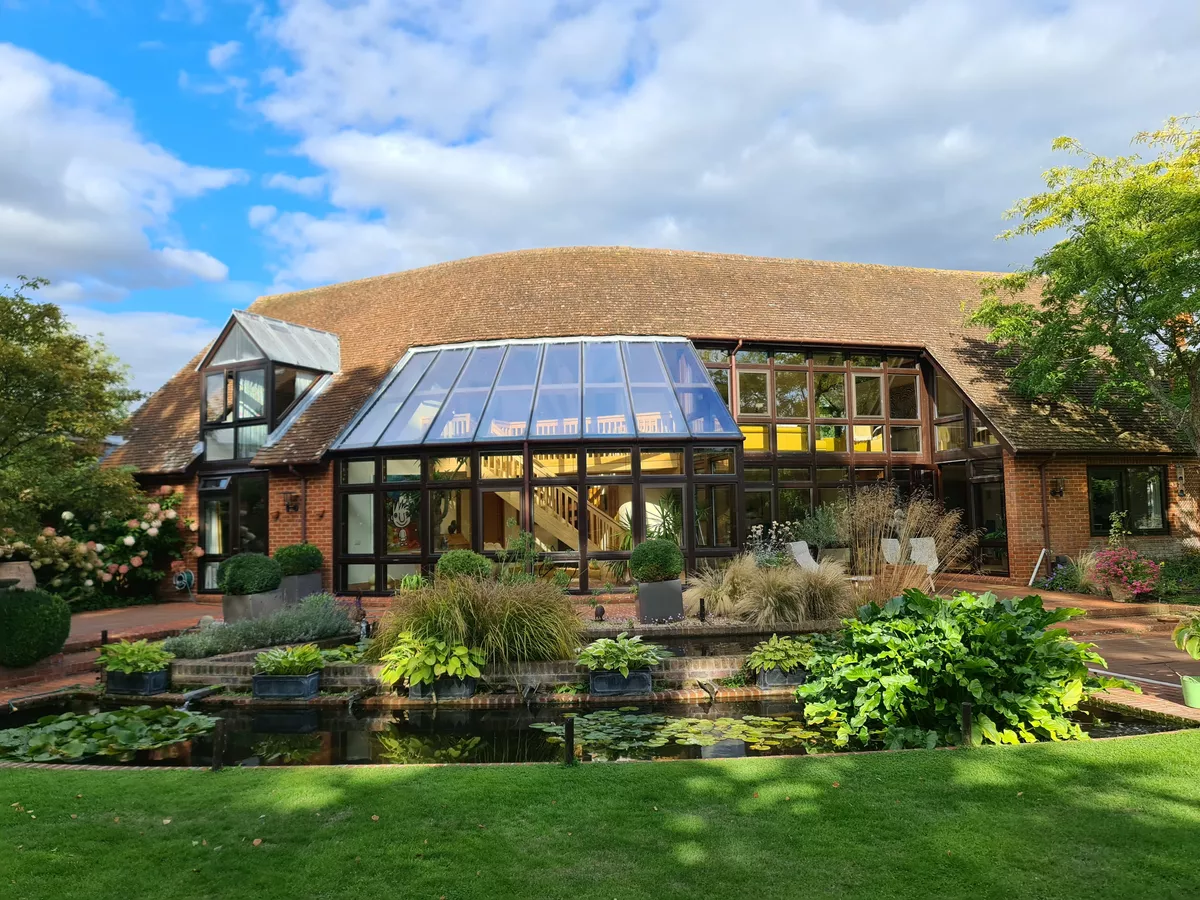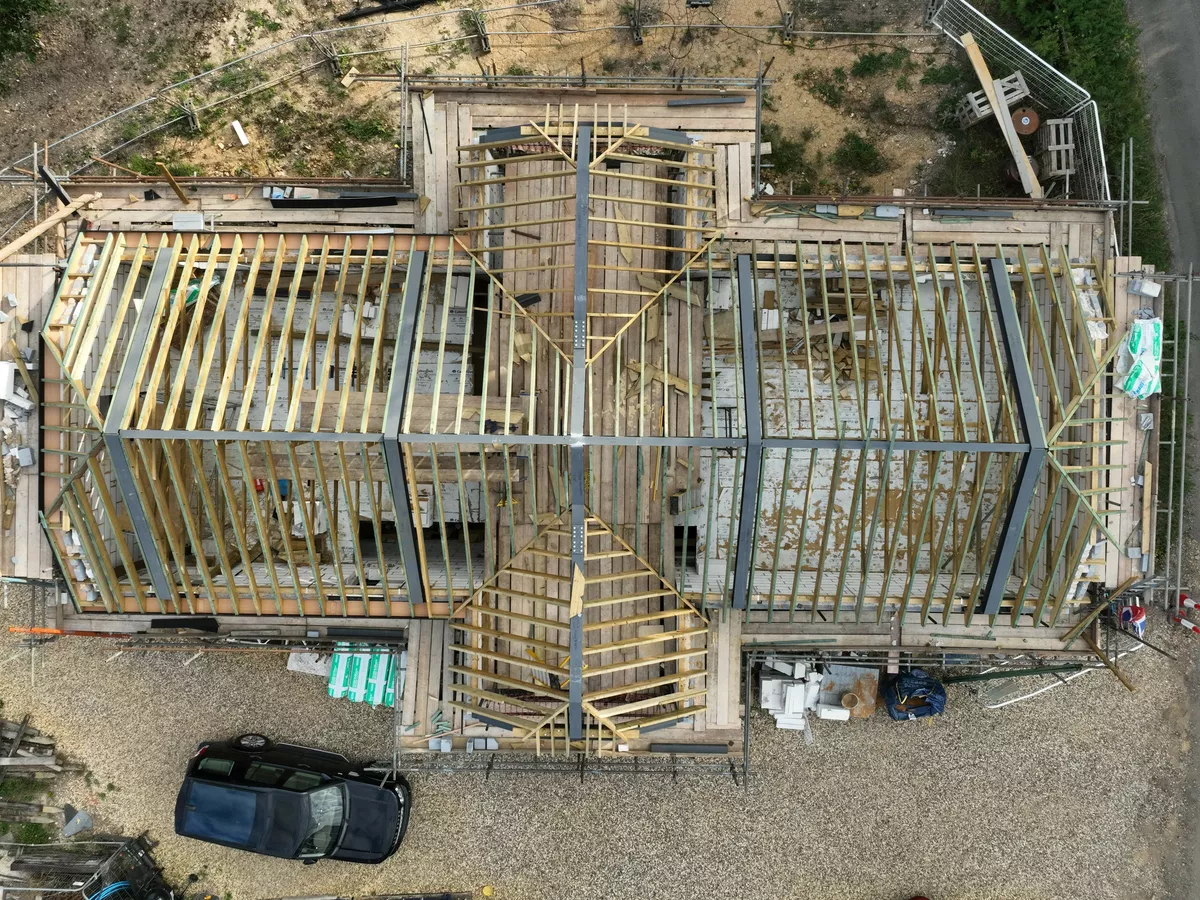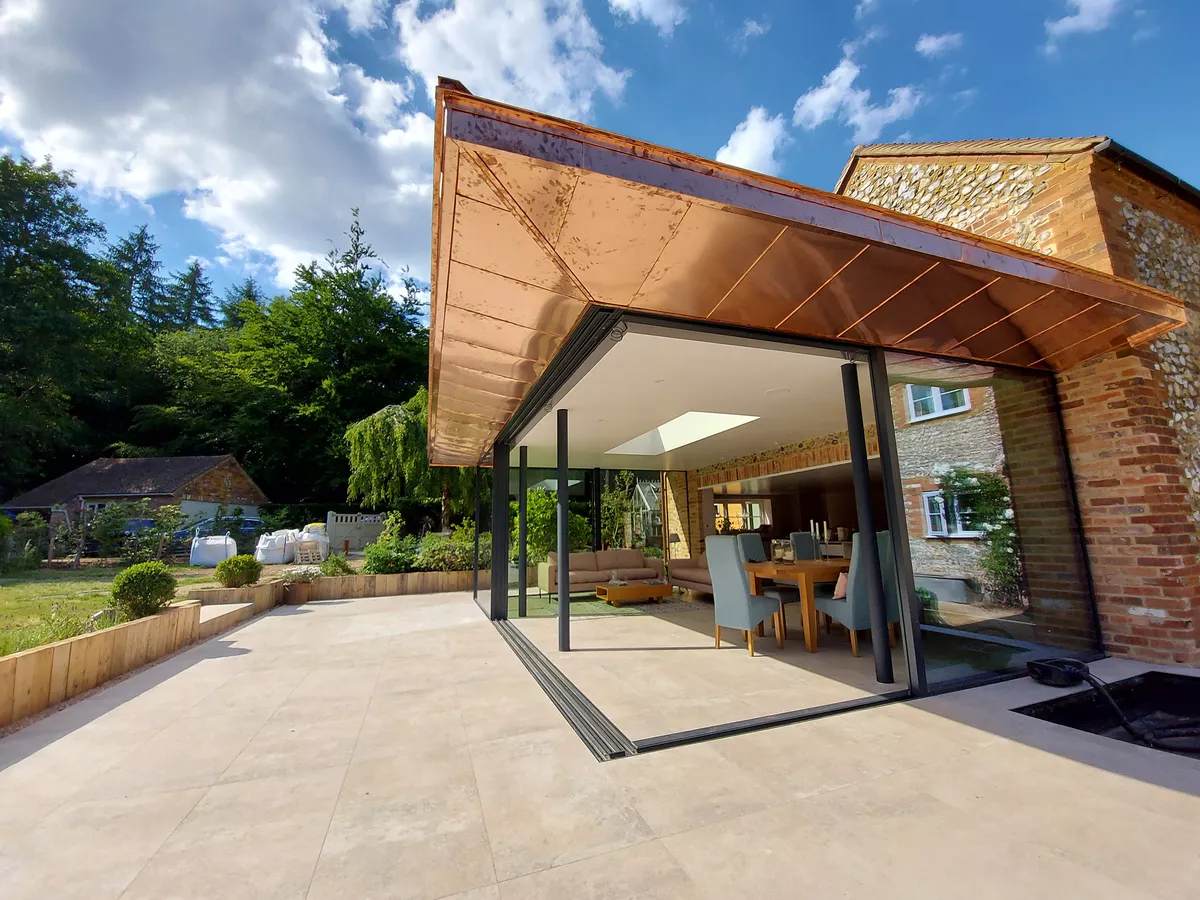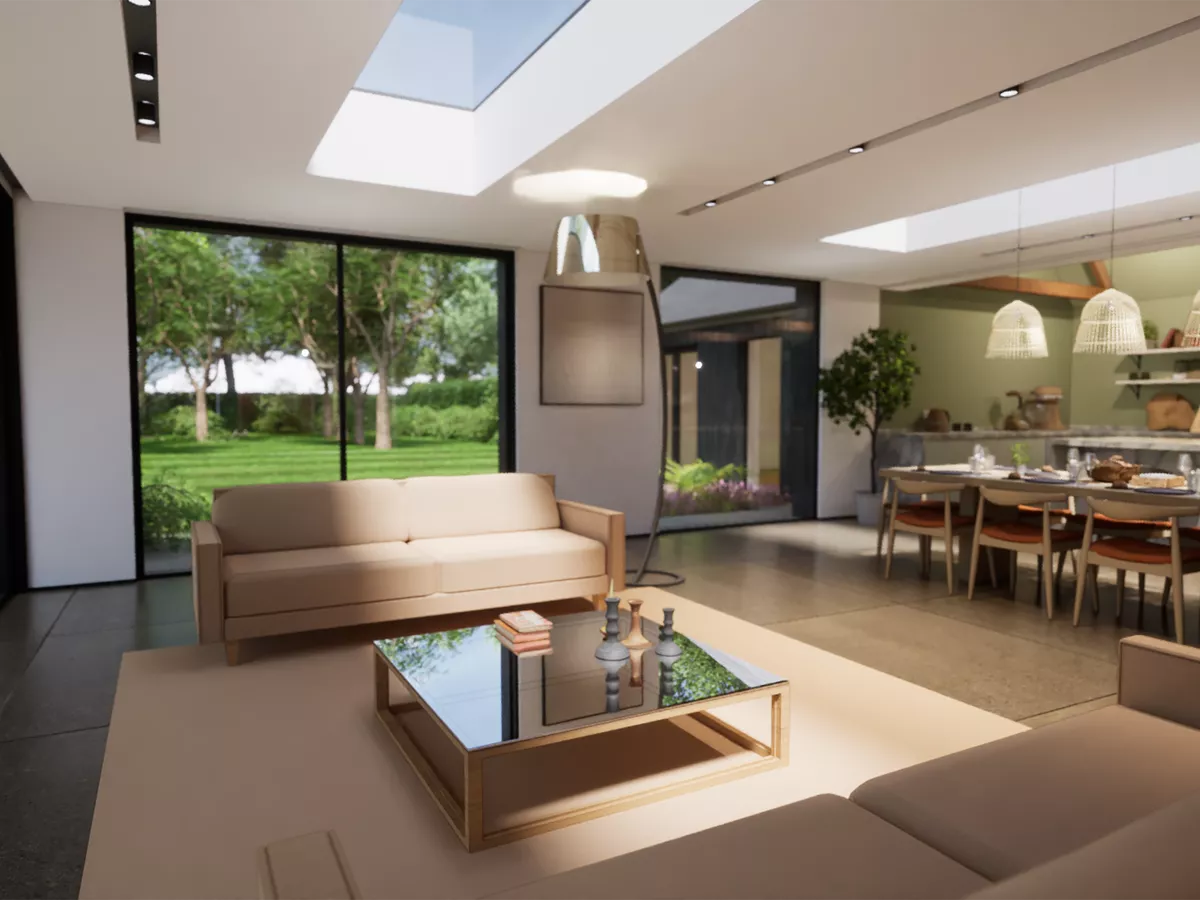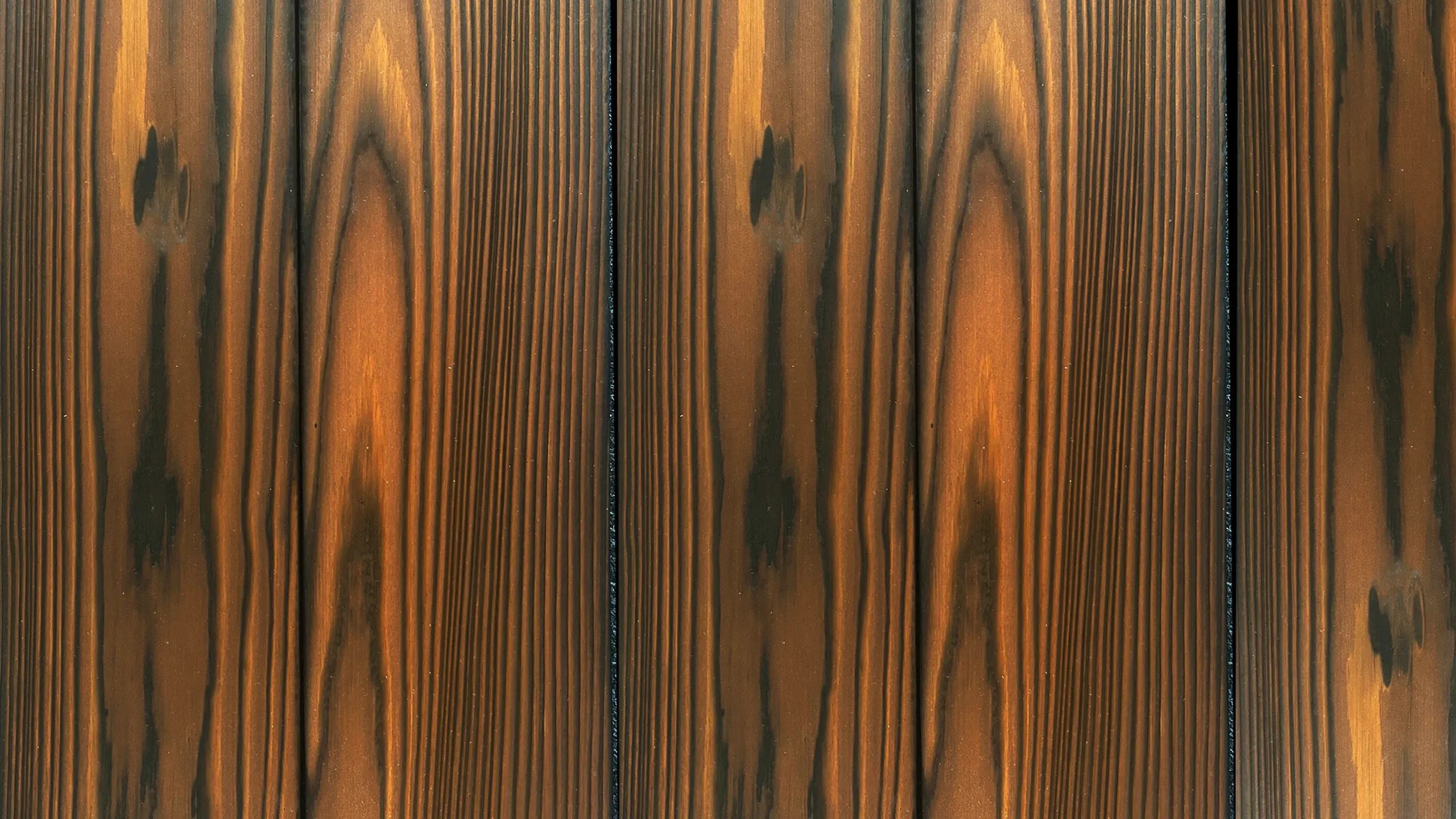
Enhancing Aesthetics and Durability with Accoya and Shou-Sugi-Ban timbers
Accoya and Shou-Sugi-Ban timbers
Elevate your architectural projects with the latest in timber cladding technology. Our new article delves into the durability benefits of Accoya and Shou Sugi Ban timber.
Accoya, enhanced through an advanced acetylation process, offers unparalleled stability and resistance to decay, making it a superior choice for long-lasting, low-maintenance cladding that looks great left in its natural state. The factory process is self-contained, recycles and reuses its processing agents and its durability enables some suppliers to offer warranties of up to 50 years
Enhancing Aesthetics and Durability with Accoya and Shou-Sugi-Ban timbers
Imagine transforming your home’s exterior with a material that not only stands the test of time but also elevates the beauty of your surroundings. Architectural cladding has evolved significantly, offering homeowners an array of stunning and durable options. Two revolutionary choices leading this evolution are Accoya and Shou Sugi Ban timber. Both materials provide unique benefits and aesthetic appeal, making them ideal for modern architectural cladding.
Additionally, explore the traditional Japanese technique of Shou-Sugi-Ban, where timber is charred to create a striking, durable finish that repels insects and withstands the elements. A variety of finishes are available depending on the base wood and other techniques such as brushing accentuates natural colours.
For the ultimate in performance and aesthetics, charred Accoya combines these two processes, resulting in a material that is both incredibly durable and visually stunning.
Enhance your projects with materials that stand the test of time and the elements
What Makes Accoya Different?
Accoya timber undergoes a process called acetylation, which alters the wood at a molecular level. In simple terms, acetylation ‘pickles’ the wood, reducing how much water the cells in the wood can absorb without adding toxic chemicals. This process involves converting water-attracting hydroxyl groups into water-repelling acetyl groups, resulting in wood that shrinks and swells much less when wet, making it less susceptible to decay or insect attack. This eco-friendly process enhances fast-growing, renewable softwoods into a non-toxic material with qualities that can compete with or outperform traditional hardwoods, plastics, and metals.
Benefits of Accoya Timber for Cladding
- Durability: Accoya wood lasts for decades without showing signs of wear, rot, or insect damage, with some supplier warranties of up to 50 years above ground and 25 years below ground.
- Sustainability: Made from sustainably sourced Radiata Pine, Accoya is a green choice, enhanced by its long life and CO2 sequestration.
- Stability: Accoya has exceptional dimensional stability, preventing warping, shrinking, or swelling with changes in humidity and temperature.
- Low Maintenance: Thanks to its durability and stability, Accoya cladding requires minimal maintenance and no additional treatments.
- Aesthetic Flexibility: Accoya can be finished in any colour or left to weather naturally to a beautiful silver-grey, suitable for any design style.
The Art of Shou Sugi Ban
Shou Sugi Ban, or Yakisugi, is an ancient Japanese technique of charring timber to increase its durability and aesthetic appeal. This method involves a controlled burn that draws out the wood’s natural resins, creating a protective carbon layer that makes the timber resistant to rot, insects, and fire. The process results in a striking dark finish that is increasingly popular in contemporary design.
Benefits of Shou Sugi Ban Timber Cladding
- Weatherproofing: The charring process creates a long-lasting weatherproof layer that does not peel away like traditional coatings.
- Insect Repellence: The carbon layer deters insects, reducing the risk of infestations.
- Fire Resistance: Charred timber has a higher ignition temperature, enhancing fire resistance.
- Strength: The process of charring timber increases its overall strength by reducing moisture content.
- Aesthetic Appeal: Shou Sugi Ban provides a unique, visually striking finish with deep tones and defined grain patterns.
The Ultimate Stable Timber: Charred Accoya
Charred Accoya combines the best of both worlds, integrating the advanced acetylation process with the traditional art of Shou Sugi Ban. This results in timber that is not only incredibly stable and durable but also boasts a stunning aesthetic. The acetylation process ensures Accoya’s superior resistance to moisture and decay, while the charring process adds an extra layer of protection and an exquisite, timeless finish. This makes charred Accoya the ultimate choice for homeowners seeking the pinnacle of stability and beauty in their architectural cladding.
Real-Life Impact
Homes and buildings clad in Accoya and Shou Sugi Ban timber not only look spectacular but also stand up to the test of time and nature. Coastal properties benefit from Accoya’s resistance to salty air and moisture, while urban homes enjoy its sleek look and minimal upkeep. Shou Sugi Ban's charred finish offers a dramatic, timeless aesthetic that blends seamlessly into natural surroundings and stands out in urban landscapes.
Summing-up
Choosing Accoya or Shou Sugi Ban timber for your architectural cladding is a decision that combines beauty, durability, and sustainability. These materials are investments in quality and peace of mind, knowing your home’s exterior is built to last and looks fantastic. Say goodbye to the compromises of regular softwood and embrace the future of cladding with Accoya and Shou Sugi Ban.
Transform your home today and experience the unmatched benefits of Accoya and Shou Sugi Ban timber cladding. Your future self will thank you!
Share Your Ideas With Us
